Sony Xperia 1 III vs Apple iPhone 12 Pro Max
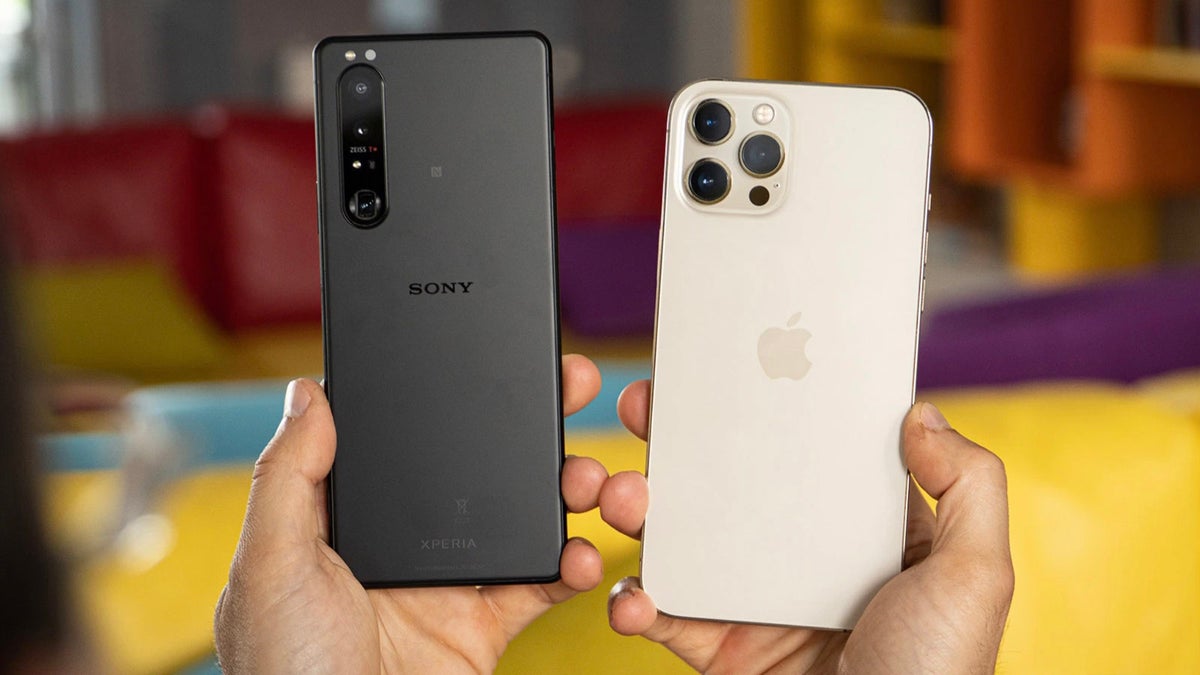
The new Sony Xperia 1 III is a different kind of a flagship: it gives techies all their dream specs on a platter, a 4K screen, microSD card, headphone jack, and so on, and then tops it up with manual settings for the camera and display, but all of that goodness actually costs more than popular mainstream phones, and speaking of such phones, the most popular one has got to be the iPhone 12 Pro Max.
So in this comparison, we pit the Xperia 1 III against Apple's finest and see whether the Sony's quirky new phone has enough special sauce to convince some buyers to maybe consider it over the iPhone. Oh, and did we mention the Xperia has a world's first in the form of a variable zoom periscope camera?
There is a lot to explore, so let's waste no time and get started with the...
You might also like:
Sony Xperia 1 III review
Design and Size
And when it comes to the extras, both reassuringly have IP68 water protection rating, and interestingly Sony manages to have that rating with a SIM tray that you can chop off with just your nails, no need for a SIM tool, which is a nice little convenience. Also, in staying true to its commitment to offering all the choice in the world, the Xperia has a headphone jack, which is nowhere to be found on the iPhone.
And then you have physical buttons... a lot of physical buttons. The Xperia has all its keys on the right side of the phone, the power key is recessed and takes some getting used to, but then you have the volume rocker, a dedicate Google Assistant button (sadly, not remappable) and the signature physical 2-way camera shutter, if you are into that.
On the display side, the Xperia comes with an unusually tall and narrow, 21 by 9 screen that measures 6.5 inches, but doesn't quite feel like that size because of the taller dimensions. The iPhone has a wider and beefier, 6.7 inch screen. Both are OLED, meaning that both have rich and beautiful color reproduction, and excellent viewing angles. And again, the Xperia provides you all the choice in the world when it comes to customizing colors on this screen: you have various modes and manual controls for white balance, while the iPhone just looks... well, the way Apple configured it to look.
Sony also remains the only company to have a 4K resolution on a phone screen, which we have to say is an overkill at this screen size, but you do have it and once again, it's about that Sony approach to throw everything but the kitchen sink. At the same time, though, the Xperia doesn't get nearly as bright: outdoors on a sunny day, you can definitely see how the iPhone max brightness of 832 nits far surpasses the 627 nits of the Xperia, which makes the iPhone much more legible.
| Display Specs | Sony Xperia 1 III | iPhone 12 Pro Max |
|---|---|---|
| Display size | 6.5", flat, 21:9 | 6.7", flat, 19.5:9 |
| Technology | OLED | OLED |
| Resolution, density | 4K | 1284 x 2778 pixels, 458ppi |
| Frame rate | 120Hz | 60Hz |
| Peak brightness | 627 nits | 832 nits |
| Additional features | HDR support | HDR support |
Biometrics
Sony is not just about throwing all sorts of specs and features that other phones don't have, it's also a bit about tradition, and this is best seen in the side-mounted fingerprint scanner that Xperia phones have had for... an eternity. It's a fast and accurate fingerprint scanner when you intend to use it, no complaints there, but its position where you commonly hold your phone means that you will often press it unintentionally and it's extremely annoying to constantly worry if your phone may accidentally dial someone from your pocket.
Performance
Looking at benchmarks alone, the iPhone and the A14 have the lead, especially in single-core performance, but also in gaming where you get higher frame rates more consistently.
However, we have to talk about the Snapdragon 888 overheating issues and particularly on the Xperia 1 III they are bad. This phone can get hot while doing what seems like the easiest of tasks: watching YouTube videos? Phone gets hot. Browsing social media? Phone gets warm still. Even basic tasks can result in this phone feeling quite hot in the hand, and that is definitely one of the bigger issues. We have reached out to Sony about this, but haven't received a response yet. We are hopeful this can be fixed in the future, but considering various reports about the Snapdragon 888 overheating in other devices as well, we're not actually sure.
5G Connectivity
The Xperia 1 III is the first non-Pro Sony phone in the US that comes with support for 5G, but keep in mind that it only supports the low- and mid-band type of 5G, meaning that it is not compatible with those ultra-fast mmWave networks. Sony does not list support for the n260 and n261 mmWave bands required for mmWave, but you do get quite a few other 5G bands: n1, n2, n3, n5, n7, n8, n20, n28, n38, n40, n41, n66, n71, n77, n78.
The iPhone, on the other hand, supports all US networks and has both 5G kinds: sub6 and mmWave, and if you happen to live near a mmWave tower, you will only be able to experience those super fast speeds on the iPhone.
Camera
Can a Sony camera phone beat the iPhone?
There is one major reason to buy a flagship over a more affordable phone these days and that is the camera. And Sony brings a fresh piece of innovation to the table: a variable zoom lens of the folded, periscope kind where elements inside it move so you get a native 2.9X and 4.4X zoom levels. The iPhone lacks that periscope tech, and instead answers with just a regular, 2.5X zoom camera. As for the rest, you have the main and ultra-wide cameras on both.
| Sony Xperia 1 III | iPhone 12 Pro Max | |
|---|---|---|
| Main Camera | 12MP, 24mm f/1.7 with OIS | 12MP, 26mm f/1.7 camera with sensor shift stabilization |
| Secondary Camera | 12MP ultra-wide, 16mm f/2.2 | 12MP ultra-wide, 13mm |
| Third Camera | 12MP variable zoom (70mm f/2.3, 105mm f/2.8) with OIS | 12MP, 2.5X zoom telephoto lens (65mm) with OIS |
| Fourth Camera | - | - |
| Additional sensors | ToF sensor | LiDAR sensor |
We also ought to mention the camera app on the Sony which -- just like the rest of the phone -- is styled to give you control over absolutely every single think you can imagine, from ISO to white balance, shutter speed, RAW photos, etc. You even have a memory recall function like on expensive cameras, where you can save your preferred camera configuration. Thankfully, there is also the "Basic" mode where you can just point and shoot. And all of this compares to the seemingly blissful simplicity of the iPhone where you get a very simplified camera experience. Game, check, mate, win for the Sony, right? Well, if manual control is all you care about yes, but we have to point out the frustrating controls in the Sony camera: while you can simply slide the rotating wheel on the iPhone to seemlessly zoom in and out, all the way from the ultra-wide to the maximum zoom level, there is no way to do that simple task on the Sony, so when you want to reach the maximum zoom you cannot just pinch to zoom in, you have to first switch to the telephoto camera at the specific 4.4X setting. This gets even worse in video where once you start recording with the main camera, you cannot switch mid-recording to the ultra-wide lens -- you have to stop the recording, switch over to the ultra-wide and start again. These are absurd limitations for a phone that aims to deliver the ultimate camera experience.
In a direct comparison, the JPEGs out of the Sony look decent during the day, but the iPhone consistently shows the higher dynamic range, especially in the shadows where detail is crushed on the Xperia, plus the iPhone has the more vibrant colors. Detail is also noticeably softer on the Xperia.
In low light, the Xperia shoots photos that are plain disappointing. It cannot capture enough light and you often end up with a photo that is just too dark, while the iPhone consistently shoots great looking shots with both the main and ultra-wide cameras with the automatic Night Mode. Again, the iPhone isn't perfect, it often has warmer-than-reality white balance at night, but compared to the Xperia it looks miles ahead.
The ultra-wide camera on the iPhone is 0.5X, or 13mm, compared to 0.7X on the Xperia, so photos from the iPhone are wider and you can capture a lot more in the frame. The same applies for the photo quality here as well: the Xperia tends to crush the highlights and colors are a bit on the dull side, with often softer than ideal detail.
One area where the Xperia has an advantage, though, is that innovative zoom camera. You have to use the 2.9X and 4.4X zoom presets to get the best quality, the in-between points are not as sharp, and considering the overall tendency of the Xperia to capture soft-looking photos, that is important.
Still, at those two levels, the Xperia does give you more versatility than just having one 2.5X zoom on the iPhone.
Loudspeaker Quality
One of the advantages of having a chin and a bottom bezel as on the Xperia is that you have space to include dual, front-firing stereo speakers, while the iPhone makes do with a bottom firing main speaker and a helper tweeter unit in the earpiece.
If you follow our reviews, you may know that we are in love with some stereo speakers. For example, the Asus ROG Phone 5 has a similar dual speaker setup as the Xperia and is the absolute best phone to get if you value loudspeaker quality. The Sony falls short of that. Its speakers sound clean and we like the sound output, but it just doesn't get loud enough and even the iPhone sounds more roomy and has more punch. It's hard to say whether one is better than the other, but the Sony definitely missed a big opportunity in making these speakers outstanding.
Battery Life and Charging speeds
- 4,500mAh battery for Xperia 1 III vs 3,687mAh battery on iPhone 12 Pro Max
- Sony 30W fast charging vs iPhone 20W fast charge
When it comes to battery life, the Xperia comes with a 4,500mAh battery, which is about average for Android phones of this size, while the iPhone sports a nearly, 3,700mAh cell.
We ran a series of battery tests and you can see the results below:
Overall, the Xperia does not impress with battery life. More intense tasks and especially video watching, not only heat up the phone quickly, but also drain the battery very fast and you would need to top up before the end of the day, while the iPhone can easily go the distance and with moderate use can even last two days between charges.
Prices and Conclusions
Sony used to be a household name in the 90s, but its phones have been digging into a niche of enthusiasts in the past couple of years and the Xperia 1 III does little to change that. If you value the unique feature set and are fully bought in with the idea of manual controls over everything, it's an option to consider. However, the $1,300 starting price, a full $200 over the base iPhone 12 Pro Max makes making that choice very hard. The Xperia is grossly overpriced for what it is, and if you factor in the overheating issue, there is really no excuse for that higher price.
So... with all this in mind, which one would YOU go for?
Follow us on Google News

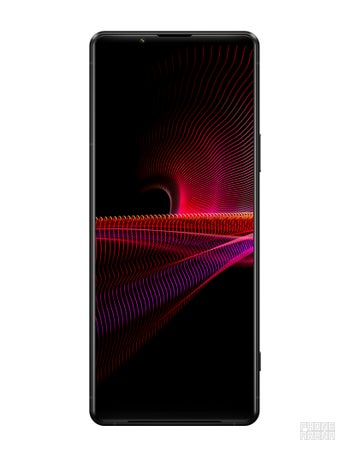
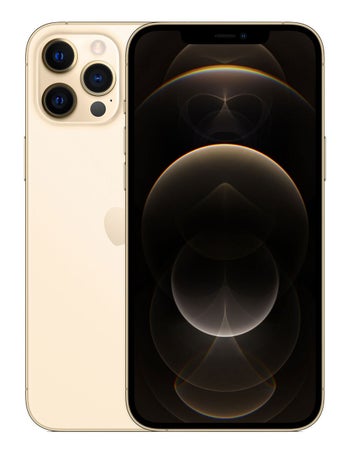
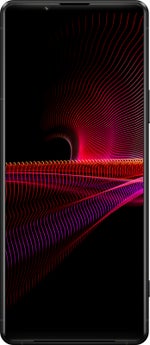



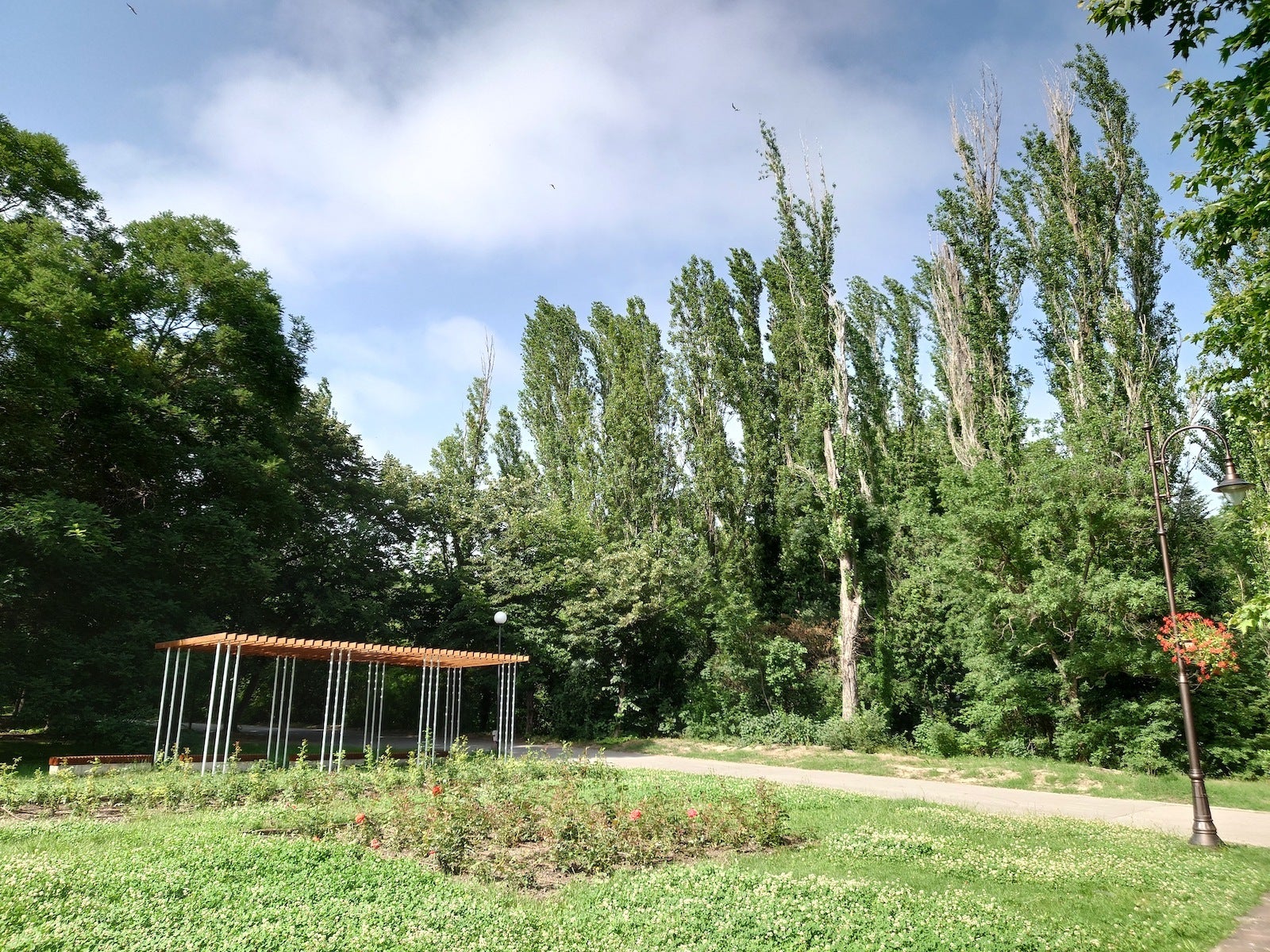
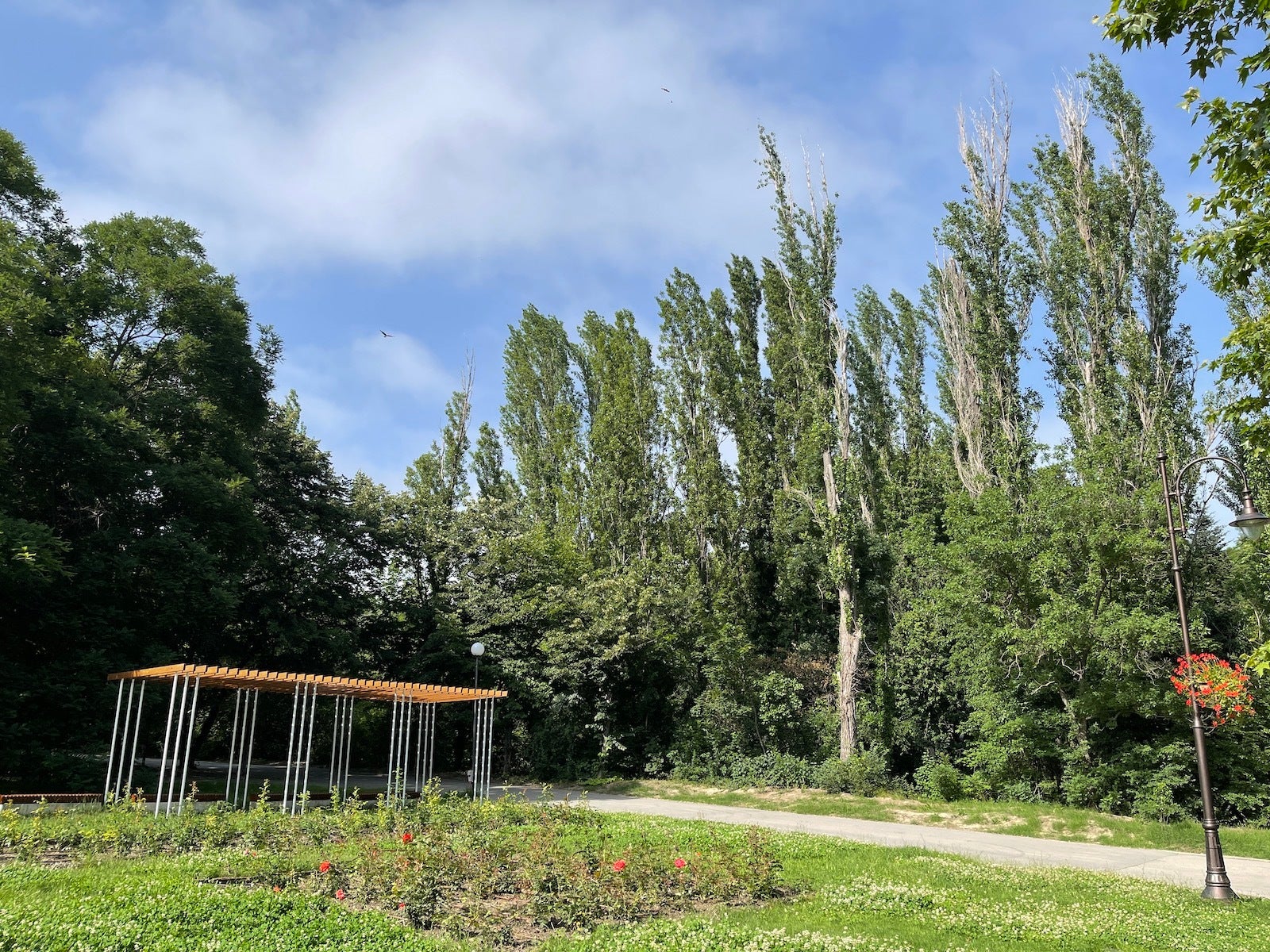
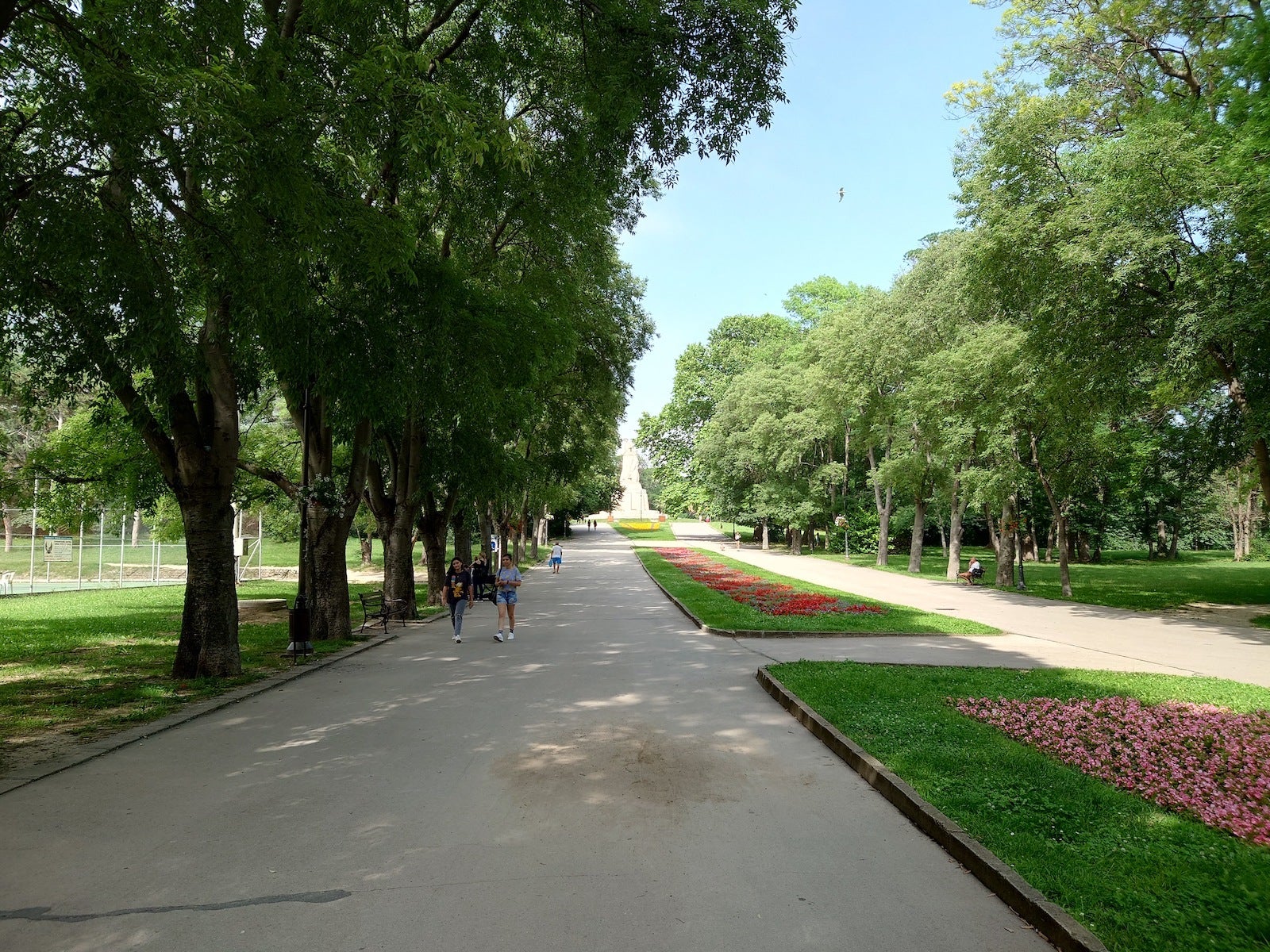
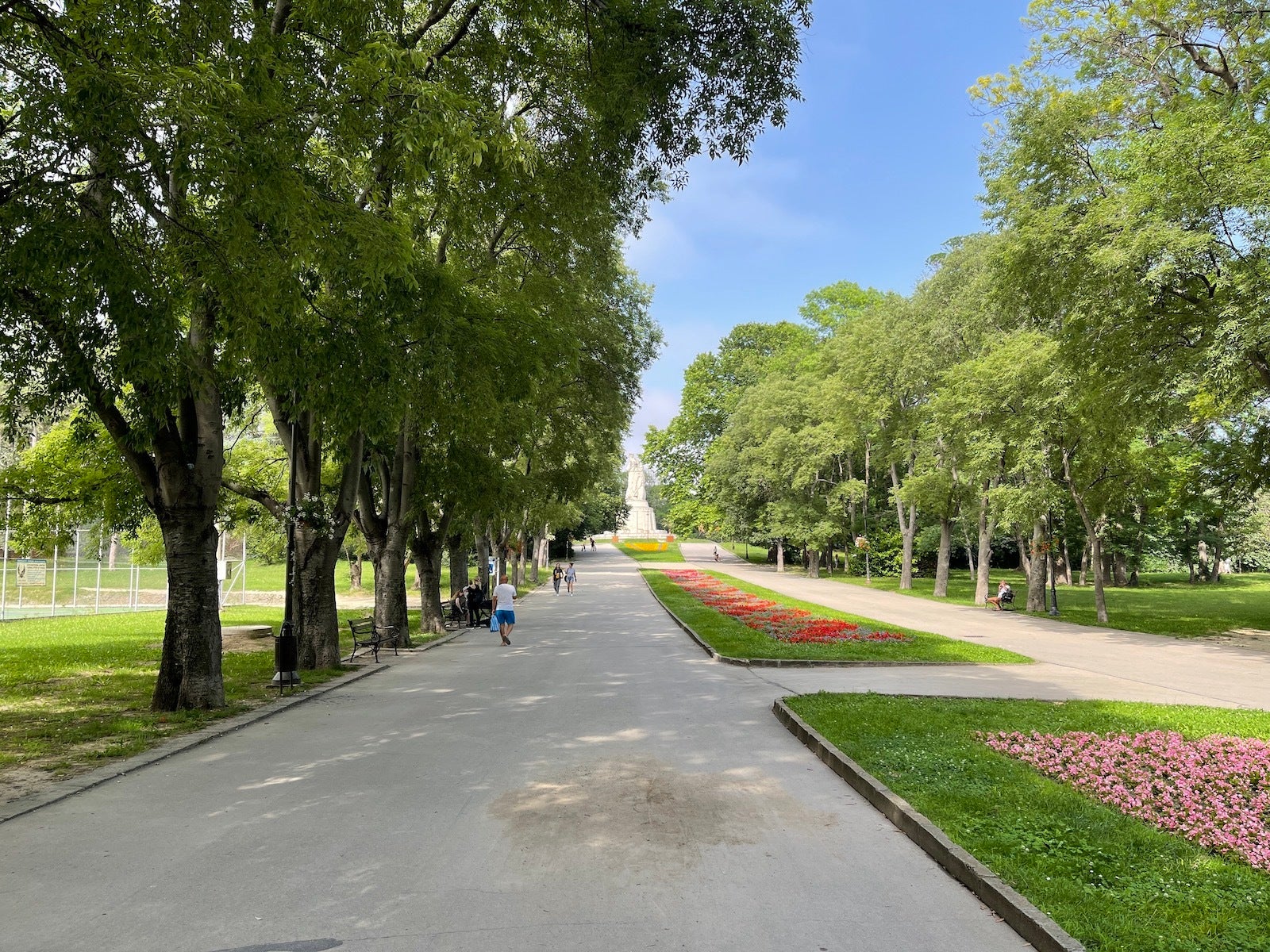

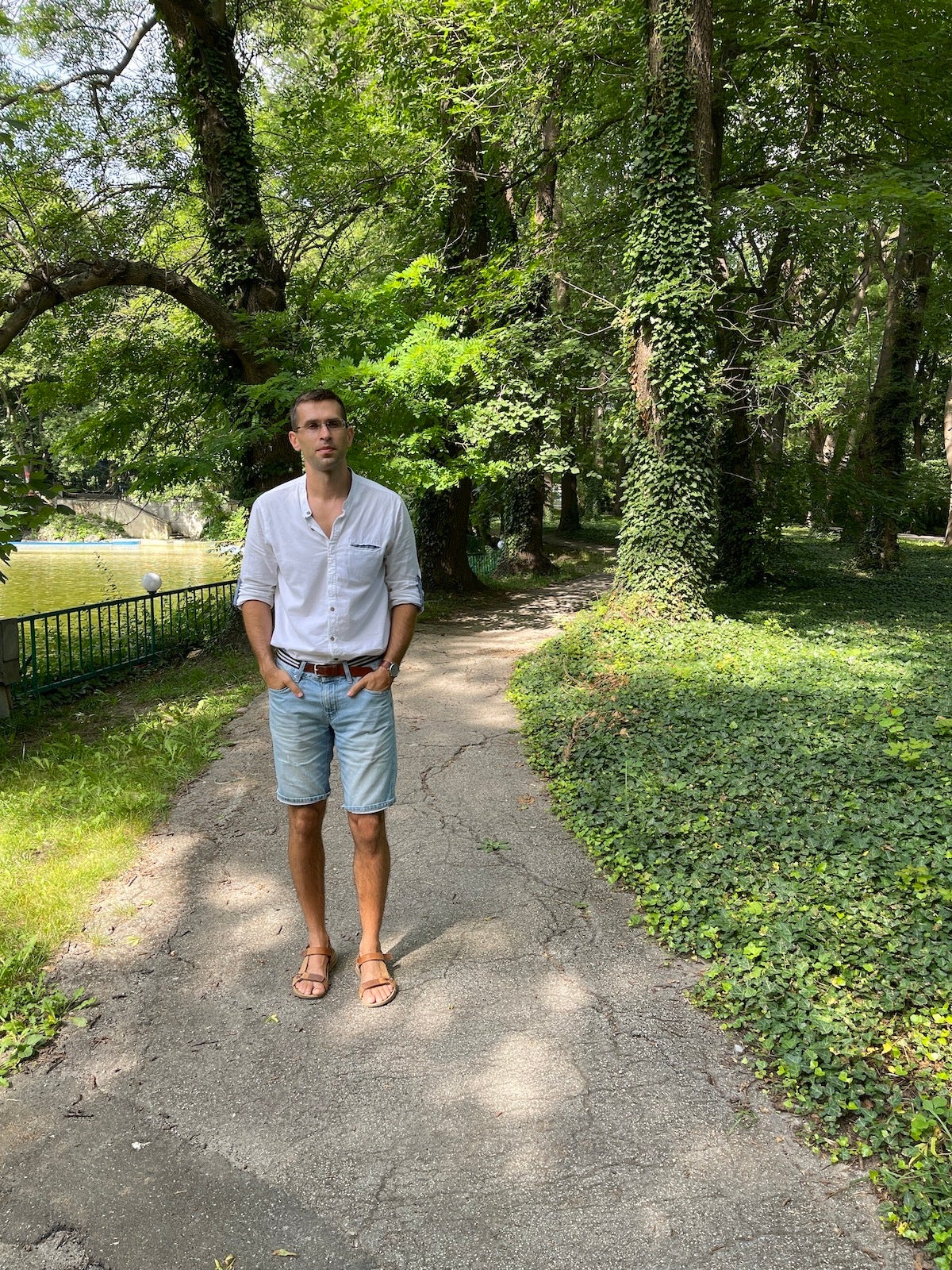


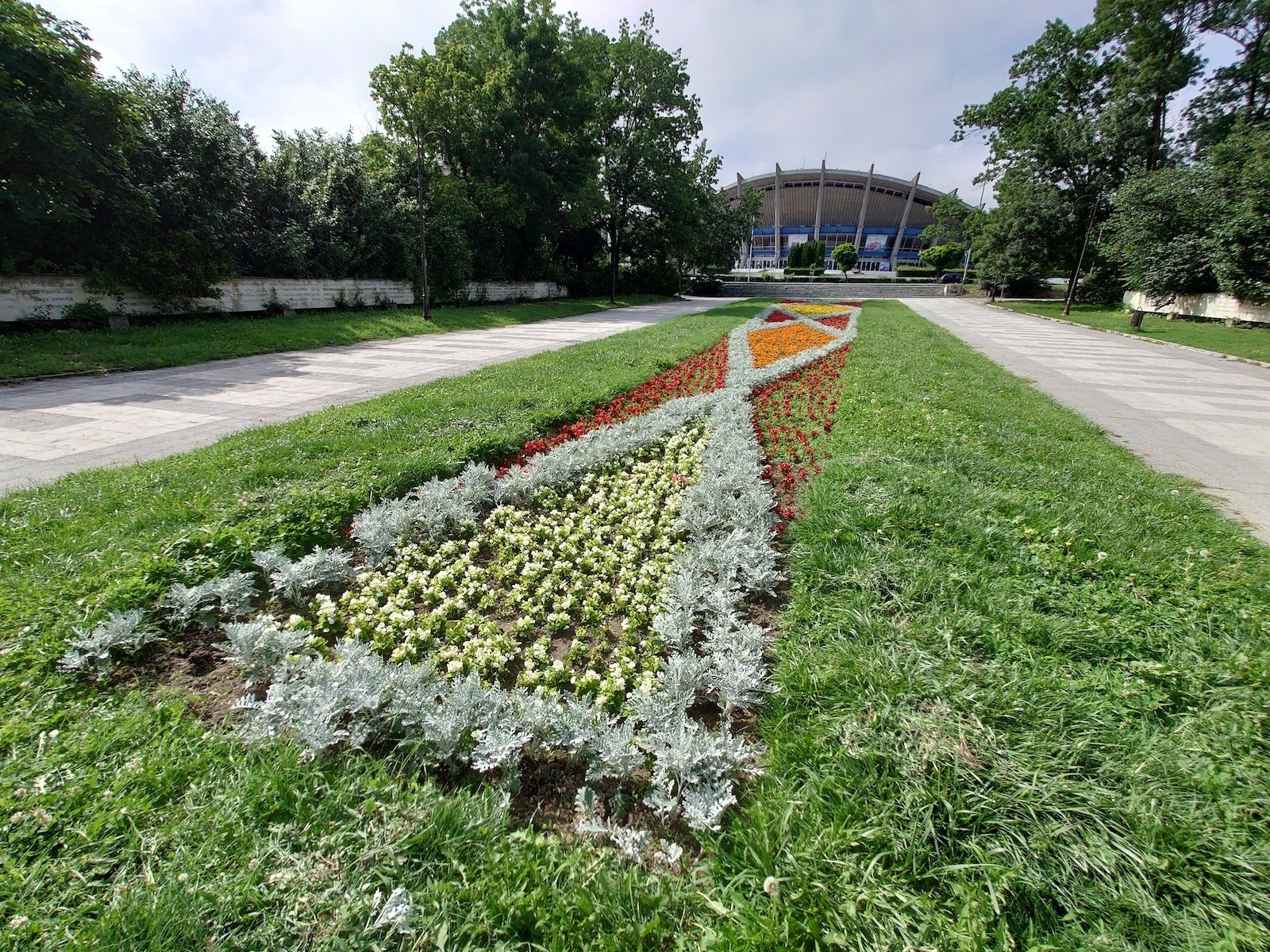


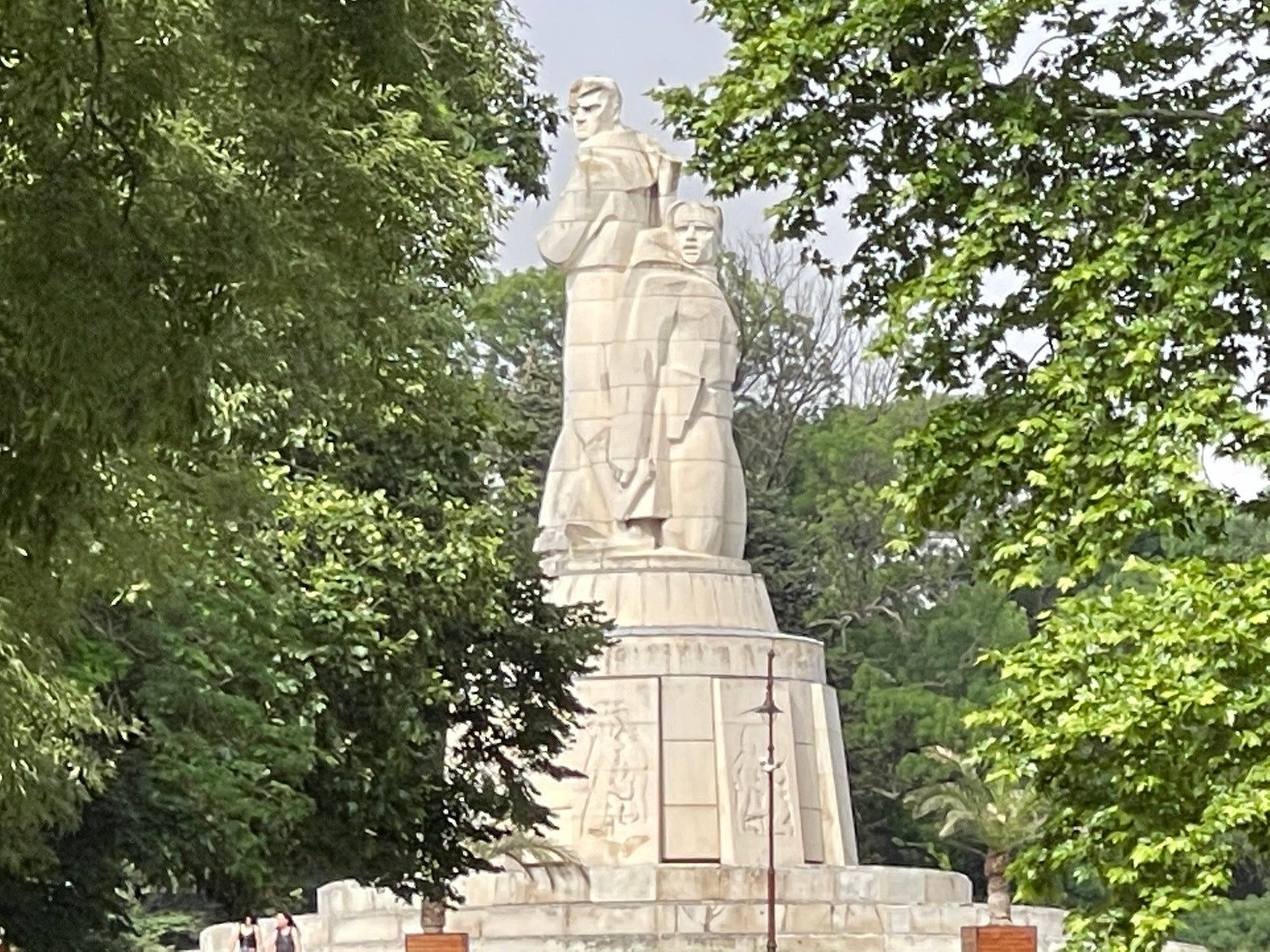






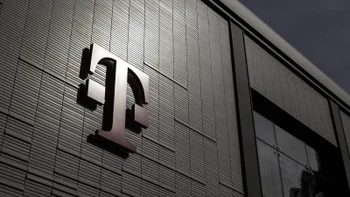


![A new Android bug is making it impossible to install new apps. Are you affected? [UPDATE]](https://m-cdn.phonearena.com/images/article/176703-wide-two_350/A-new-Android-bug-is-making-it-impossible-to-install-new-apps.-Are-you-affected-UPDATE.webp)

Things that are NOT allowed:
To help keep our community safe and free from spam, we apply temporary limits to newly created accounts: